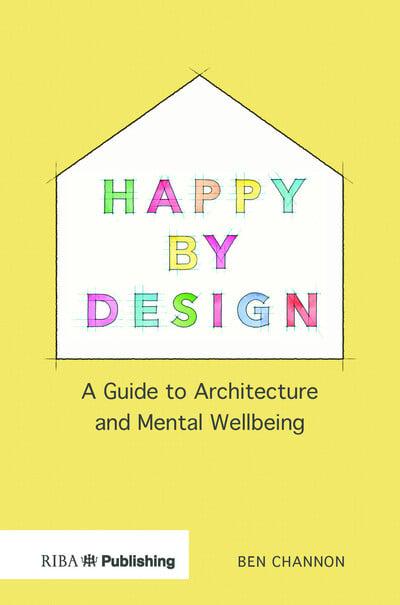In the lead up to our exciting Speed Date Architects event (tickets are going fast, so get in now if you haven't booked yet!), we asked architects what books they would recommend to someone planning to build or renovate. From DIY advice to info-packed technical manuals, philosophical tomes to a crime thriller(!) plus a cult classic piece of fiction that might surprise you, they've come up with 15 fabulous recommendations. Take a look...
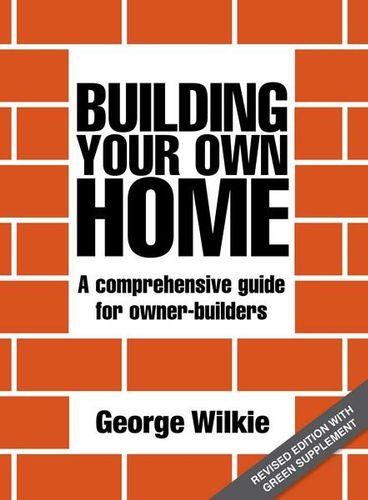
Building Your Own Home: Revised Edition
By George Wilkie
Home builders can contribute in many ways to reduce the use of products and processes that convert solid and liquid carbon containing materials into gaseous carbon. Everyone is now aware of the advantages of correctly oriented, well insulated houses with sensible ventilation and comfort systems. In this revised edition of the best selling complete guide to building your own home, George Wilkie updates and adds a new section on energy and environmental efficiency. An increasing key factor in building homes now is the environmental efficiency of the building function and its materials. The aim in many local authorities is to mitigate against factors that reduce the quality of the natural environment. This revised edition includes in detail the practical steps that owner builders need to take to ensure their building meets the aims of local regulations in environmental efficiency. The new section covers areas such as power sources, water saving, recycling materials, heating and lighting systems - this incorporates windows, choosing the aspect of the house, insulation systems and building structure.
Recommended by Redmond from WHDA:
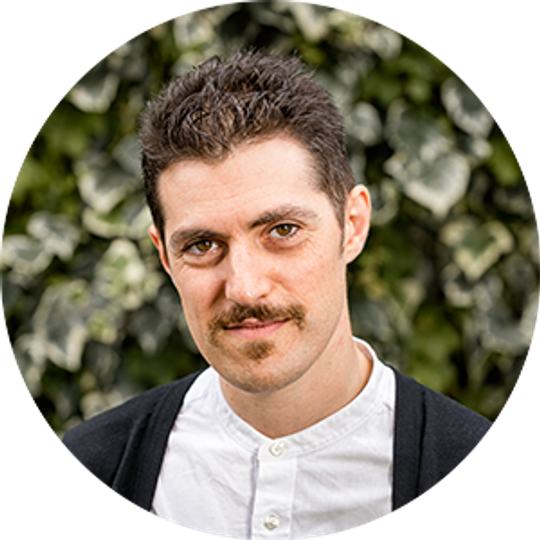
"George Wilkie 'Building your own Home', hopefully, they’ll learn a lot reading it, but appreciate how much 'yakka' goes into the design, documentation and procurement of any project."
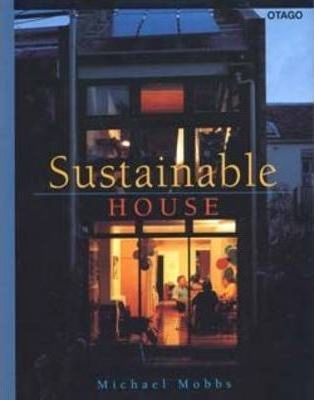
Sustainable House
By Michael Mobbs
Whether you’re planning to build or renovate, whether you live in an apartment or a house, Sustainable House is the essential guide to help you achieve an environmentally friendly home. It includes advice on converting your kitchen, bathroom, water supply, energy, waste system and garden, as well as tips for working with councils, builders and engineers, and the costs and benefits associated with making your home sustainable. First published in 1998, this long-awaited second edition covers the revolutions that have since occurred in sustainable housing, and, critically, includes the author’s assessment on technologies and materials used in his own ground-breaking Sustainable House 14 years after installation. Michael Mobbs tells you what pitfalls to look out for and how to choose the best systems, products and suppliers. For the first time we can see what happens in a sustainable house after 14 years of use. Did the solar panels last? Is rainwater in the city safe to drink? How has the garden handled over one million litres of treated sewage?
Recommended by Sebastian from Code Architecture:

"The Sustainable House Book by Michael Mobbs. It is written in clear English with little jargon. It sets out how even in the centre of a city in the 1990’s it was possible to be off-grid for electricity, water and sewage. A man ahead of his times."
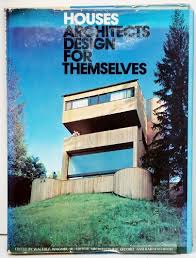
Houses Architects Design for Themselves
By Walter F. Wagner
What kinds of houses do architects build for themselves? There are as many answers to that question as there are architects involved. In this case, there are 61 architects and 61 very different houses. Whether your personal interest in houses is that of the professional architect or builder or that of the prospective homeowner, you'll find this volume a unique and provocative source of design ideas and innovative solutions to typical design problems. And you'll find these ideas presented in a manner that is both informative and interesting—because each of these architects explains not only why and how he designed his home as he did, but also how this home worked out for himself and his family once they were living in it.
Recommended by Barnaby from Chiverton Architects:

"Houses Architects Design For Themselves (late 70’s early 80’s)."
Can good design truly make us happier? Given that we spend over 80% of our time in buildings, shouldn’t we have a better understanding of how they make us feel? This book explores the ways in which buildings, spaces and cities affect our moods. It reveals how architecture and design can make us happy and support mental health and explains how poor design can have the opposite effect.
Recommended by Laura from Unfold Architecture:

"'Happy by Design' by Ben Channon – it provides a different perspective to architecture, not focused solely on the visual aspect, but on how it impacts our wellbeing. An eye-opener for many."
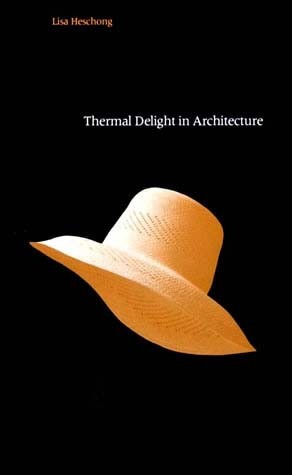
Thermal Delight in Architecture
By Lisa Heschong
Our thermal environment is as rich in cultural associations as our visual, acoustic, olfactory, and tactile environments. This book explores the potential for using thermal qualities as an expressive element in building design. Until quite recently, building technology and design has favoured high-energy-consuming mechanical methods of neutralizing the thermal environment. It has not responded to the various ways that people use, remember, and care about the thermal environment and how they associate their thermal sense with their other senses. The hearth fire, the sauna, the Romans and Japanese baths, and the Islamic garden are discussed as archetypes of thermal delight about which rituals have developed -- reinforcing bonds of affection and ceremony forged in the thermal experience. Not only is thermal symbolism now obsolete but the modern emphasis on central heating systems and air conditioning and hermetically sealed buildings has actually damaged our thermal coping and sensing mechanisms. This book for the solar age could help change all that and open up for us a new dimension of architectural experience. As the cost of energy continues to skyrocket, alternatives to the use of mechanical force must be developed to meet our thermal needs. A major alternative is the use of passive solar energy, and the book will provide those interested in solar design with a reservoir of ideas.
Recommended by Audrey from Audrey Whisker Architect:

"Anything written by Peter Zumthor or ‘Thermal delight in architecture’ by Lisa Heschong. There is an overabundance of visual inspiration available to us (Pinterest, Houzz, Instagram) but experiencing a building impacts all of our senses and our personal perspective on what they tell us."
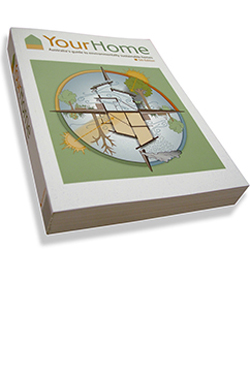
Your Home
By Australian Government
Australia's Guide to Environmentally Sustainable Homes. Written by architects, designers and builders for Australian practitioners and you, this manual is a powerful tool for making your home great to live in, affordable to build and efficient to run.
Recommended by Marc from Melbourne Design Studios:

"I would generally recommend looking at different contemporary magazines, to get ideas and inspiration for what you like and what you wouldn’t like. If you want to get more technical, ‘Your Home’ issued by the Australian Government, is a great resource and introduction into sustainable homes, materials and building techniques, that can give a good overview as a starting point into a renovation/building journey."
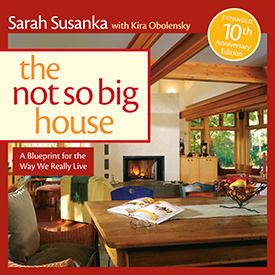
Not So Big House: A Blueprint for the Way We Really Live
By Sarah Susanka
Ten years ago, Sarah Susanka started a revolution in home design with a deceptively simple message: quality should always come before quantity. Now, the book that celebrated that bold declaration is back in this special 10th anniversary edition featuring a new introduction and 16 additional pages that explore three new homes. Nearly a quarter-million people bought this ground-breaking book when it was published in Fall 1998. Since then, the book's simple message -- that quality should come before quantity -- has started a movement in home design. Homeowners now know to expect more. And the people responsible for building our homes have also gotten the message. Architects and builders around the country report clients showing up with dog-eared copies of The Not So Big House, pages marked to a favorite section. Why are we drawn more to smaller, more personal spaces than to larger, more expansive ones? Why do we spend more time in the kitchen than we do in the formal dining room? The Not So Big House proposes clear, workable guidelines for creating homes that serve both our spiritual needs and our material requirements, whether for a couple with no children, a family, empty nesters, or one person alone. In 1999, Sarah Susanka was then architect and principal with Mulfinger, Susanka, Mahady & Partners, the firm selected to design the 1999 Life Dream House brought Frank Lloyd Wright's same common-sense, human-scale design principles to our generation. Consider which rooms in your house you use and enjoy most, and you have a sense of the essential principles of The Not So Big House. Whether you seek comfort and calm or activity and energy at home, The Not So Big House offers a place for every mood.
Recommended by Renuka from RMR Architects:

"'The Not So Big House' by Sarah Susanka. An architect herself, Susanka proposes that big is not necessarily better and helps consider the value of the 'quality of space' versus the 'quantity of space'. Through a series of examples the book examines how to make the not so big work."
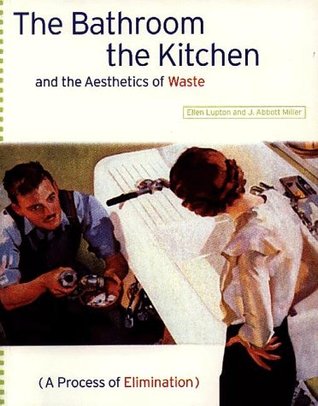
The Bathroom the Kitchen and the Aesthetics of Waste: A Process of Elimination
By Ellen Lupton and J. Abbott Miller
Between 1890 and 1940, America's culture of consumption took its modern form: products were mass-produced, mass-distributed, and designed to be rapidly replaced by the buying public. The same period also saw the rise of the modern bathroom and kitchen as newly equipped spaces for administering bodily care The streamlined style of modern design, which served the new ideals of hygiene and the manufacturing policy of planned obsolescence, emanated from the domestic landscape of the bathroom and kitchen.
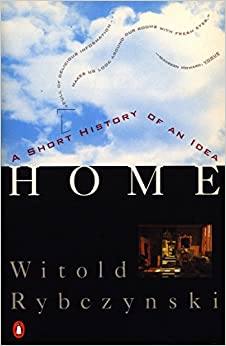
Home: A Short History of an Idea
By Witold Rybczynski
Walk through five centuries of homes both great and small--from the smoke-filled manor halls of the Middle Ages to today's Ralph Lauren-designed environments--on a house tour like no other, one that delightfully explicates the very idea of "home." You'll see how social and cultural changes influenced styles of decoration and furnishing, learn the connection between wall-hung religious tapestries and wall-to-wall carpeting, discover how some of our most welcome luxuries were born of architectural necessity, and much more. Most of all, Home opens a rare window into our private lives--and how we really want to live.
Recommended by Fooi from OOF! Architecture:

"'The Bathroom, the Kitchen and the Aesthetics of Waste' by Ellen Lupton + J. Abbott Miller – it sounds obscure but you won’t regret it. Fascinating! And 'Home: A Short History of an Idea' by Witold Rybczynski – this will change the way you see your house forever."
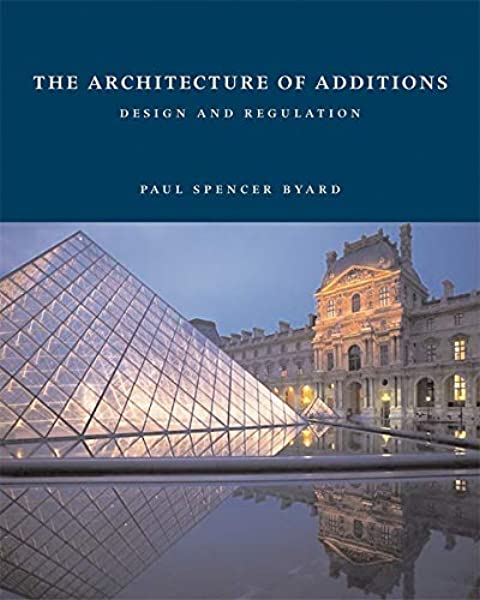
The Architecture of Additions: Design and Regulation
By Paul Spencer Byard
The Architecture of Additions considers the ways in which old and new architecture combine and work together?he central issue in the design of architectural additions. Paul Spencer Byard, an architect and lawyer, looks at more than sixty combinations, built and unbuilt, for criteria to help protect the public interest in great buildings. Drawing on examples from Grand Central Terminal to St. Peter? Church in Rome, from the Louvre Pyramid to the Salk Institute, this book will help architects work with significant old buildings and help interested private and public persons arrive at judgments about architectural successes and failures that are rational, satisfying, and enforceable. The issues discussed here affect everyone who has a stake in livable cities.
Recommended by Monia from Monia Basso Architects:

"Hum, I don’t read many books about renovating homes, but I often refer to The Architecture of Additions by Paul Spencer Byard. It is more of a technical book that explains the thinking behind alterations and additions on classic buildings to modern ones. The intersection between old and new architecture."
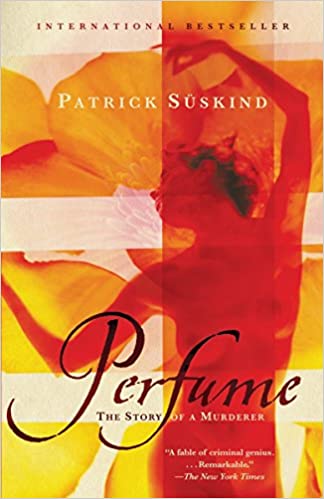
Perfume: The Story of a Murderer
By Patrick Süskind
In eighteenth-century France there lived a man who was one of the most gifted and abominable personages in an era that knew no lack of gifted and abominable personages. His name was Jean-Baptiste Grenouille, and if his name has been forgotten today, it is certainly not because Grenouille fell short of those more famous blackguards when it came to arrogance, misanthropy, immorality, or, more succinctly, wickedness, but because his gifts and his sole ambition were restricted to a domain that leaves no traces in history: to the fleeting realm of scent...
Recommended by Wesley from RARA Architecture:

"Perfume, the story of a murderer, the scent is impossible to describe. It makes one consider how they interpret information received by one of their senses, and how to translate this into words. it is important for the client and architect to understand each other implicitly."
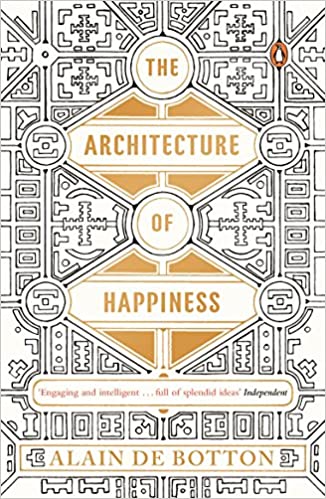
The Architecture Of Happiness
By Alain de Botton
In The Architecture of Happiness, bestselling author Alain de Botton explores one of our most intense but often hidden love affairs- with our houses and their furnishings. He asks- What makes a house truly beautiful? Why are many new houses so ugly? Why do we argue so bitterly about sofas and pictures - and can differences of taste ever be satisfactorily resolved? To answer these questions and many more, de Botton looks at buildings across the world, from medieval wooden huts to modern skyscrapers; he examines sofas and cathedrals, tea sets and office complexes, and teases out a host of often surprising philosophical insights. The Architecture of Happiness will take you on a beguiling tour through the history and psychology of architecture and interior design, and will change the way you look at your home.
Recommended by Matt from OMG Architects:

"The Architecture of Happiness by Alain de Botton. It encapsulates the potential for joy and magic that can result from well designed built environments."
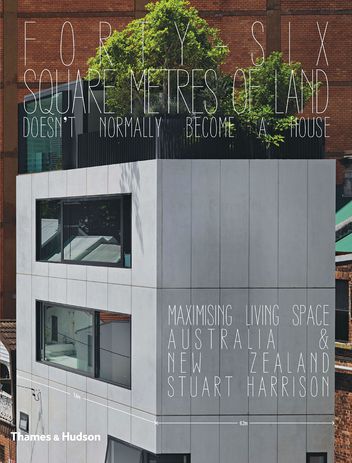
Forty-six Square Metres of Land Doesn't Normally Become a House
By Stuart A. Harrison
This exciting collection of homes demonstrates that bigger is not necessarily better. Stuart Harrison writes about residential architecture again in Forty-six square metres doesn't normally become a house. This time exploring how the constraints of space often result in the most innovative results. With the largest house in the world and ever-increasing suburban sprawl, we need to consider building smaller and more efficient homes. By showcasing 45 examples of space-challenging housing, including (as the title suggests) a 46m squared empty car park in Surry Hills Sydney, which became a 5-storey 165m squared dwelling with a roof top garden.
Recommended by Nicola from Drawing Room Architecture:
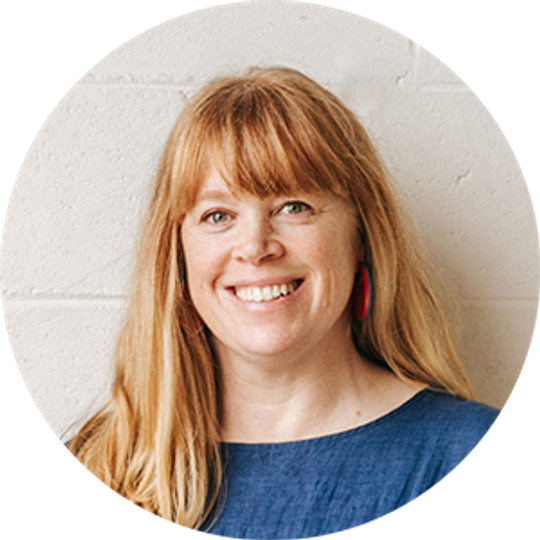
"Just for the name really. Kidding. The idea that you need to think outside the box is a step in the right direction towards breaking down set ideas. Know how you like to live and create a beautiful home for your site, for you & your loved ones. Build a place you love and others will love it too."

The Hitch Hiker's Guide To The Galaxy
By Douglas Adams
First a legendary radio series, then a bestselling book, now a blockbuser movie, the immensely successful Hitch Hiker's Guide to the Galaxy needs no introduction. Reissued to coincide with the film's release, this hardback omnibus edition include all five parts of the trilogy, incorporating for the first time, Mostly Harmless, along with a guide to the guide and essential notes on how to leave the planet.
Recommended by Jo from Foomann:

"The Hitch Hikers Guide to the Galaxy – the fewer preconceptions you have about the journey the more enjoyable it will be."
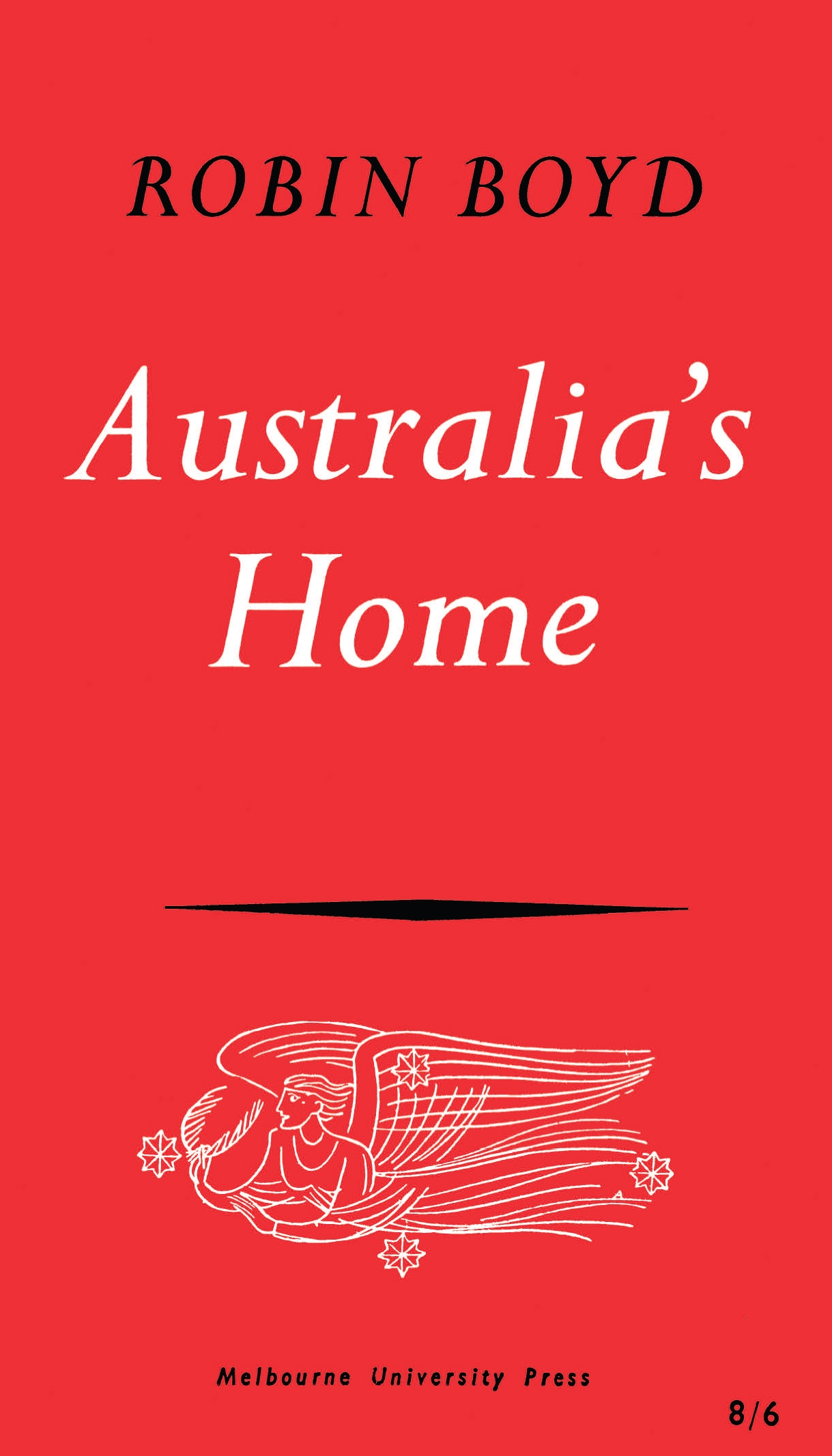
Since its first publication by Melbourne University Press Australia's Home has been in constant demand. The author summarises his story, from 1788 to 1960, as 'a material triumph and an aesthetic calamity'. Readers have thoroughly enjoyed the combination of informative detail and quiet humour, and the architectural features of a house, a street, or a suburb, which have up until now been simply 'different', gain an added interest and significance.
Recommended by Michael from Atelier Red + Black:

"Any book by Robin Boyd. Boyd was a brilliant writer and thinker. Most of all I think he clearly sets out why we need to be thinking about designing for local conditions and not building French mansions or Spanish villas in Melbourne."
Editor's Note: We had to pick just one of Boyd's numerous incredible books. Australia's Home is a great read and gives a detailed history of Australian's houses that will give you a new appreciation and understanding of homes from different periods.
Lachlan from Lande Architects adds:
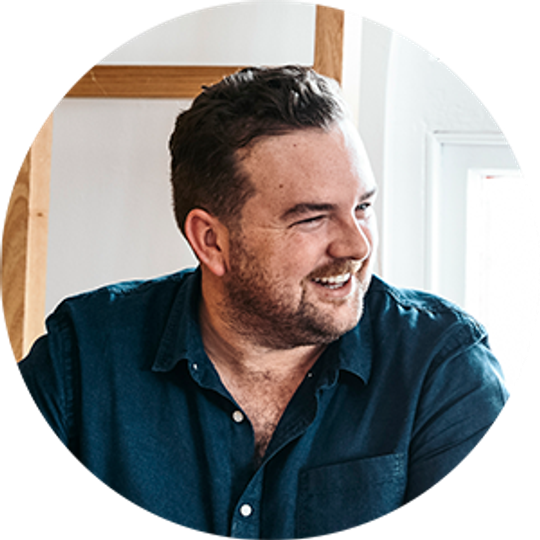
"Books are an endless inspiration for us as a practice. I couldn’t prescribe a one-stop book, but I would say deep dive into as much as possible. It’s never too early to start collating ideas."
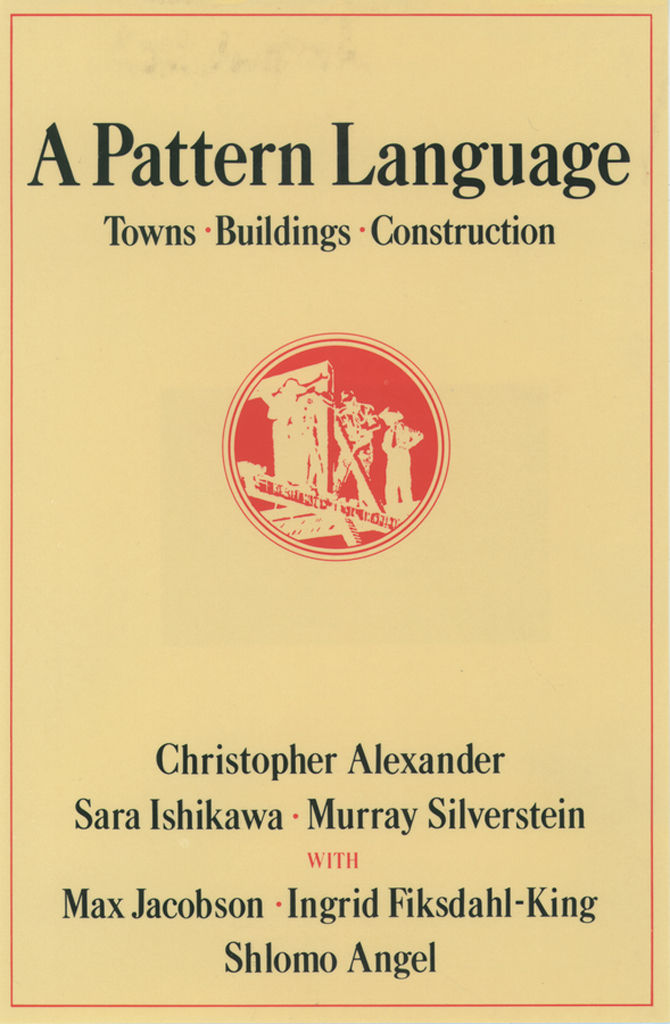
A Pattern Language: Towns, Buildings, Construction
By Christopher Alexander
You can use this book to design a house for yourself with your family; you can use it to work with your neighbors to improve your town and neighborhood; you can use it to design an office, or a workshop, or a public building. And you can use it to guide you in the actual process of construction. After a ten-year silence, Christopher Alexander and his colleagues at the Center for Environmental Structure are now publishing a major statement in the form of three books which will, in their words, "lay the basis for an entirely new approach to architecture, building and planning, which will we hope replace existing ideas and practices entirely." The three books are The Timeless Way of Building, The Oregon Experiment, and this book, A Pattern Language. At the core of these books is the idea that people should design for themselves their own houses, streets, and communities. This idea may be radical (it implies a radical transformation of the architectural profession) but it comes simply from the observation that most of the wonderful places of the world were not made by architects but by the people. At the core of the books, too, is the point that in designing their environments people always rely on certain "languages," which, like the languages we speak, allow them to articulate and communicate an infinite variety of designs within a forma system which gives them coherence. This book provides a language of this kind. It will enable a person to make a design for almost any kind of building, or any part of the built environment. "Patterns," the units of this language, are answers to design problems (How high should a window sill be? How many stories should a building have? How much space in a neighborhood should be devoted to grass and trees?). More than 250 of the patterns in this pattern language are given: each consists of a problem statement, a discussion of the problem with an illustration, and a solution. As the authors say in their introduction, many of the patterns are archetypal, so deeply rooted in the nature of things that it seemly likely that they will be a part of human nature, and human action, as much in five hundred years as they are today.
I also wanted to throw in my own recommendation:
A Pattern Language. It's a book I refer to again and again and, I think, is easy for almost anyone to pick up, have a read through, select some patterns that appeal to them and try to incorporate those into their own home. Simple things like Pattern 159: Light On Two Sides of Every Room, Pattern 140: Private Terrace on the Street or Pattern 135: Tapestry of Light and Dark can make a huge difference to livability; transforming a house into a home.
